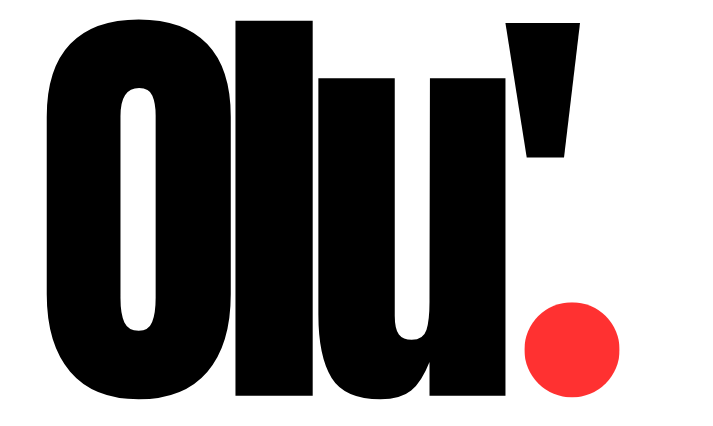 In truth indies have existed for a
In truth indies have existed for a while long time. I know quite a few, across industries. Myself a self published author, I know going indie isn’t always the plan at the outset and isn’t always as easy as deciding to go indie.
In my case, in 2004/5 when the first draft of my book was completed, it dawned on me that established publishing houses may not publish me – in fact, I only started to understand the intricacies of publishing a book only after the manuscript was completed.
So I set out on the self-publishing journey, unguided and determined. I only rested after putting 5,000 (five thousand) copies of the said book in the hands of members of its target audience (undergraduates studying in Nigeria Universities).
The journey had its hiccups and I was absolutely reliant on the services, expertise and goodwill of many others – and were these ‘supporters’/service providers not forthcoming, I may be writing today’s blog from a different point of view.
Today, that has changed. It is now possible to automate most of the work – page design, copy editing for example. It is also easier to buy required services (cover page design for example) all from the comfort of a couch, where automation isn’t possible.
Within two weeks of deciding on converting her Masters Dissertation into a book – her reasons for this are personal – Omolara Akintoye successfully self published her book and did so from the comfort of her living room.
From procuring an ISBN number to formatting and printing the first copy of the book.
Besides the process for obtaining an ISBN for her book, she went the whole hog with little or no intervention from anyone else (besides me offcourse :)) – a standard book publishing project will normally involve throngs of people (I must admit that a lot of work had gone into the original thesis, and in truth publishing a book will still require the input and support of others).
It then dawned on me, the journey to publishing has become a lot easier for the indie publisher. I must admit the challenge of distribution remains, especially if one’s target audience include those who still prefer to read their books as books (paper/hard backs) and not eBooks – and this is a vast majority of the world’s literate population – but his too will change, at some point.

